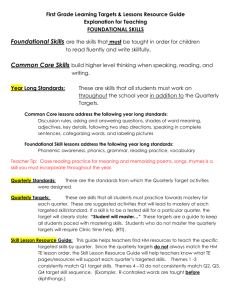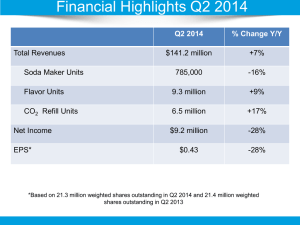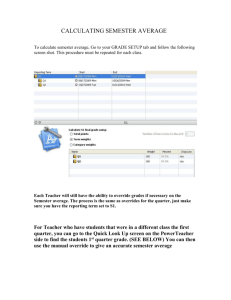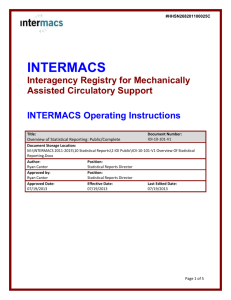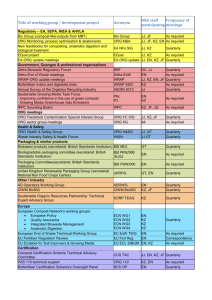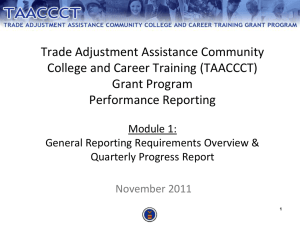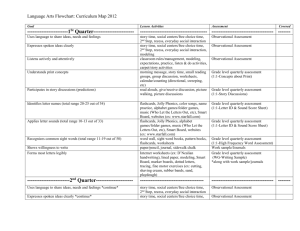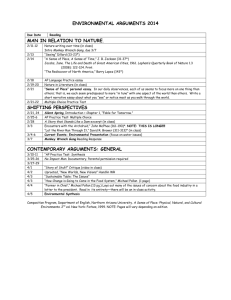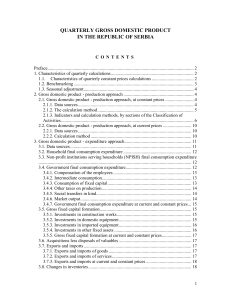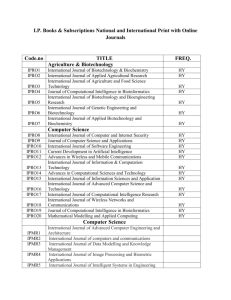Grading Policy and Quarterly Exam Rationale
advertisement
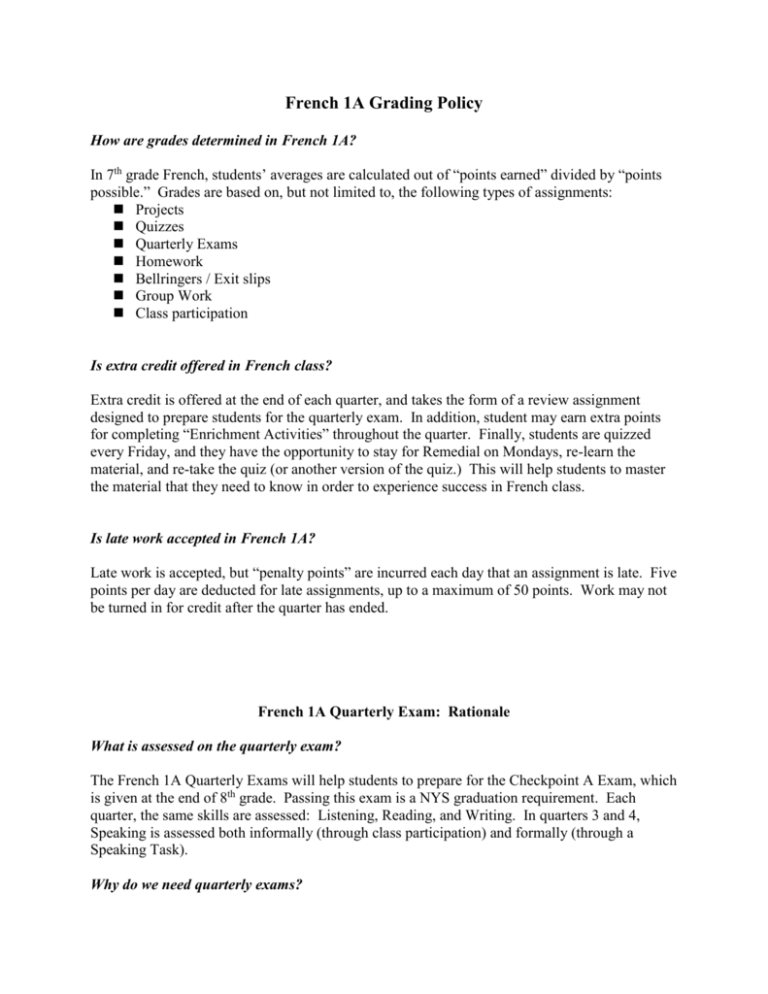
French 1A Grading Policy How are grades determined in French 1A? In 7th grade French, students’ averages are calculated out of “points earned” divided by “points possible.” Grades are based on, but not limited to, the following types of assignments: Projects Quizzes Quarterly Exams Homework Bellringers / Exit slips Group Work Class participation Is extra credit offered in French class? Extra credit is offered at the end of each quarter, and takes the form of a review assignment designed to prepare students for the quarterly exam. In addition, student may earn extra points for completing “Enrichment Activities” throughout the quarter. Finally, students are quizzed every Friday, and they have the opportunity to stay for Remedial on Mondays, re-learn the material, and re-take the quiz (or another version of the quiz.) This will help students to master the material that they need to know in order to experience success in French class. Is late work accepted in French 1A? Late work is accepted, but “penalty points” are incurred each day that an assignment is late. Five points per day are deducted for late assignments, up to a maximum of 50 points. Work may not be turned in for credit after the quarter has ended. French 1A Quarterly Exam: Rationale What is assessed on the quarterly exam? The French 1A Quarterly Exams will help students to prepare for the Checkpoint A Exam, which is given at the end of 8th grade. Passing this exam is a NYS graduation requirement. Each quarter, the same skills are assessed: Listening, Reading, and Writing. In quarters 3 and 4, Speaking is assessed both informally (through class participation) and formally (through a Speaking Task). Why do we need quarterly exams? Every quarter, the same skills are assessed, and the format is the same. How students perform on the quarterly exam is a good indication of how students will perform on the final exam at the end of this year, and on the Checkpoint A Exam at the end of 8th grade. In 7th grade, the final exam counts as 10% of the grade for that course. This is equivalent to 5 weeks of work. Students feel prepared when they walk into the final exam knowing that it is similar to the quarterly exams, especially when they have worked over the entire year to build on their strengths and improve their weak areas. How do students use the quarterly exam to improve? The French Quarterly Exam is given at the end of each quarter. Immediate feedback is provided, and students are able to look over the exam to see which questions they missed. We do not, however, “go over” the exam and make corrections right away. Students fill out a Quarterly Exam Analysis Form, recording their scores on Listening, Reading, and Writing. They determine which area(s) they need to focus on during the next quarter. In weeks 15, 25 and 35, students work in heterogeneous groups to re-take the exam from the previous quarter. Students work together to apply test-taking strategies to find the correct answers. They compare their “original” exam answers to the answers they gave when working in groups. Then, they set a goal for improving their scores on the next assessment. How does the teacher use the quarterly exams to inform instruction? My course objectives are simple: students must speak, listen, read and write in French. Item analysis enables me to determine what skills my students must work to improve, both as a class and individually. The item analysis also allows me to find “gaps” in comprehension/vocabulary. I then design my class activities to fill these gaps. I maintain a record of exam averages so that I can track individual student progress and wholeclass progress. If this test is so important, why does it only count as 2 quiz grades? Students’ results on exams vary. Sometimes, students do not perform well on exams. When I pass back a quarterly exam, I put the exam average at the top of the paper in red ink, and the quarterly average at the bottom of the paper in blue sharpie maker. Sometimes, students are amazed by how much higher their quarter average is then their exam average. They are encouraged by the grade that represents 10 weeks of work, rather than one hour. Sometimes, students are shocked that their exam average is so much higher than their quarter average. They realize that they have the capability to earn better grades if they choose to put forth extended effort. The quarterly exam counts as 2 quiz grades. It provides data for the teacher and the students, but does not distort the picture of “10-weeks-of-work” that the quarter average provides. In summary: the quarterly exam provides information. It tells the teacher what areas students need to improve, both individually and as a class. It tells the student what areas he/she needs to focus on and improve. Often, students who do not perform well on a test can tell you exactly why. Frequently, there is a test-taking strategy that can help improve performance, such as: take notes during the listening passage, underline key words, do a second reading, revise and edit your essay, “go back and look.” These strategies are cross-disciplinary. When we deliberately focus on analyzing strengths and weaknesses and name the strategies students can use to improve performance, this empowers them. They can develop a plan for success which can overlap to other classes, helping overall performance to improve.
